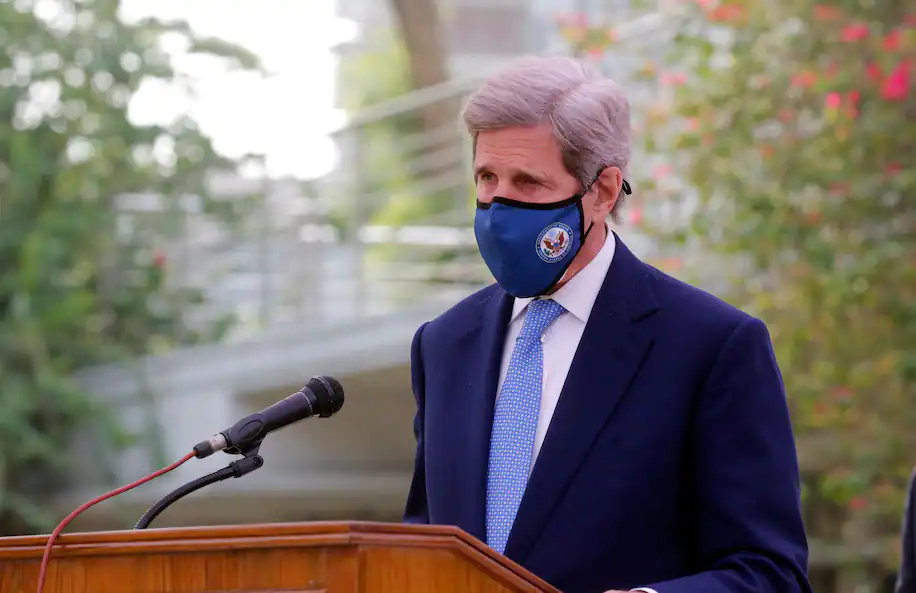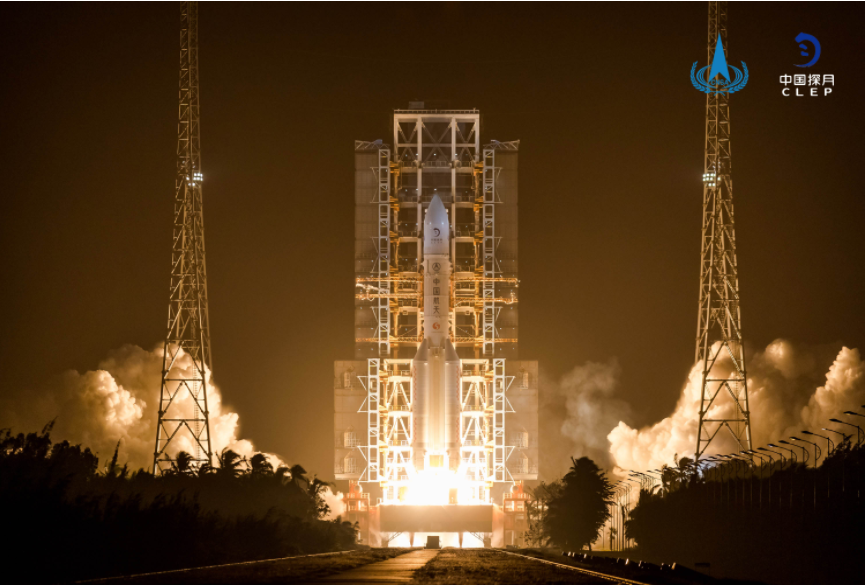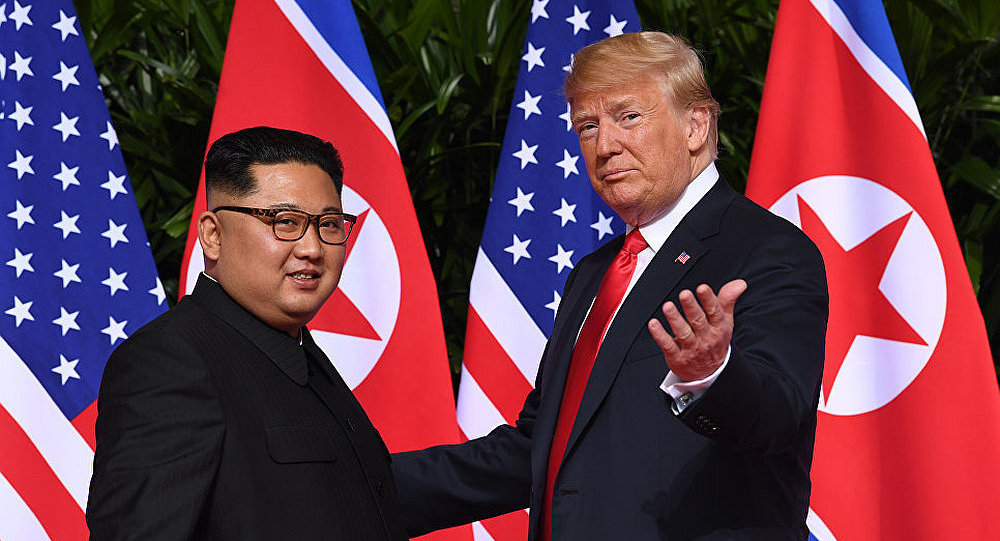In 1979, the U.S. Department of Energy (DoE) and the Chinese State Development Planning Commission (SDPC) signed an MoU for Bilateral Energy Agreements, which includes 19 cooperative deals and serve to bolster renewable energy development, promote energy efficiency and conservation, and cut down emissions from coal-based power generation. The DoE also signed agreements with several government agencies in China to create a plan for mapping the country’s renewable energy resources and developing financing strategies for U.S. renewable energy projects in China. Further agreements were later signed by the U.S. Department of Agriculture (USDA) and DoE with China’s National Development and Reform Commission (NDRC) to enable collaboration on biomass and feedstock production and sustainability, conversion technology and engineering, bio-based product development and standards, as well as rural and agricultural development strategies. At the beginning of the last decade there was a dramatic increase in the number of bilateral clean energy and climate change agreements signed between the two countries although there has been difficulties in implementation, not to mention the Trump era setbacks.
“Cooperation between the United States and China can greatly accelerate progress on clean energy technologies, benefiting both countries,” said Steven Chu, former U.S. Secretary of Energy (2009-13) and a Nobel laureate. “We are committed to working with Chinese partners to promote a sustainable energy future. Working together, we can accomplish more than acting alone,” he added.
With the Biden administration, bilateral cooperation on clean energy is expectedto start again. Calls for a more engaging global collaboration on energy efficiency, renewable energy, and clean energy technologies are growing worldwide. The current achievements by China on green energy technologies set a standard for many countries to follow in the coming years. Whether the U.S. will choose cooperation or competition in this field will set the stage in achieving sustainable energy for all in the years to come.
2.6 Cooperation on Regional Hotspots
As seen in the past, the election of a new U.S. president always prompts mixed blessings and reaction. The swearing-in of Joe Biden as the new U.S. president in January 2021 was no exception.
The United States’ return to engagement with such initiatives as the Paris Agreement, the World Health Organization, and possibly the Iran nuclear deal has been applauded. However, its strategic approaches to critical security issues from North Korea to Myanmar to the Middle East, among others, demand scrutiny. If Washington chooses to confront any powers, especially China, it will be counterproductive and mirror the Donald Trump administration’s trade and security antagonism. However, there are many flashpoints for which the two countries can cooperate rather than compete to facilitate peaceful solutions. Below are some regional hotspots demanding U.S.-China cooperation and constructive approaches.










